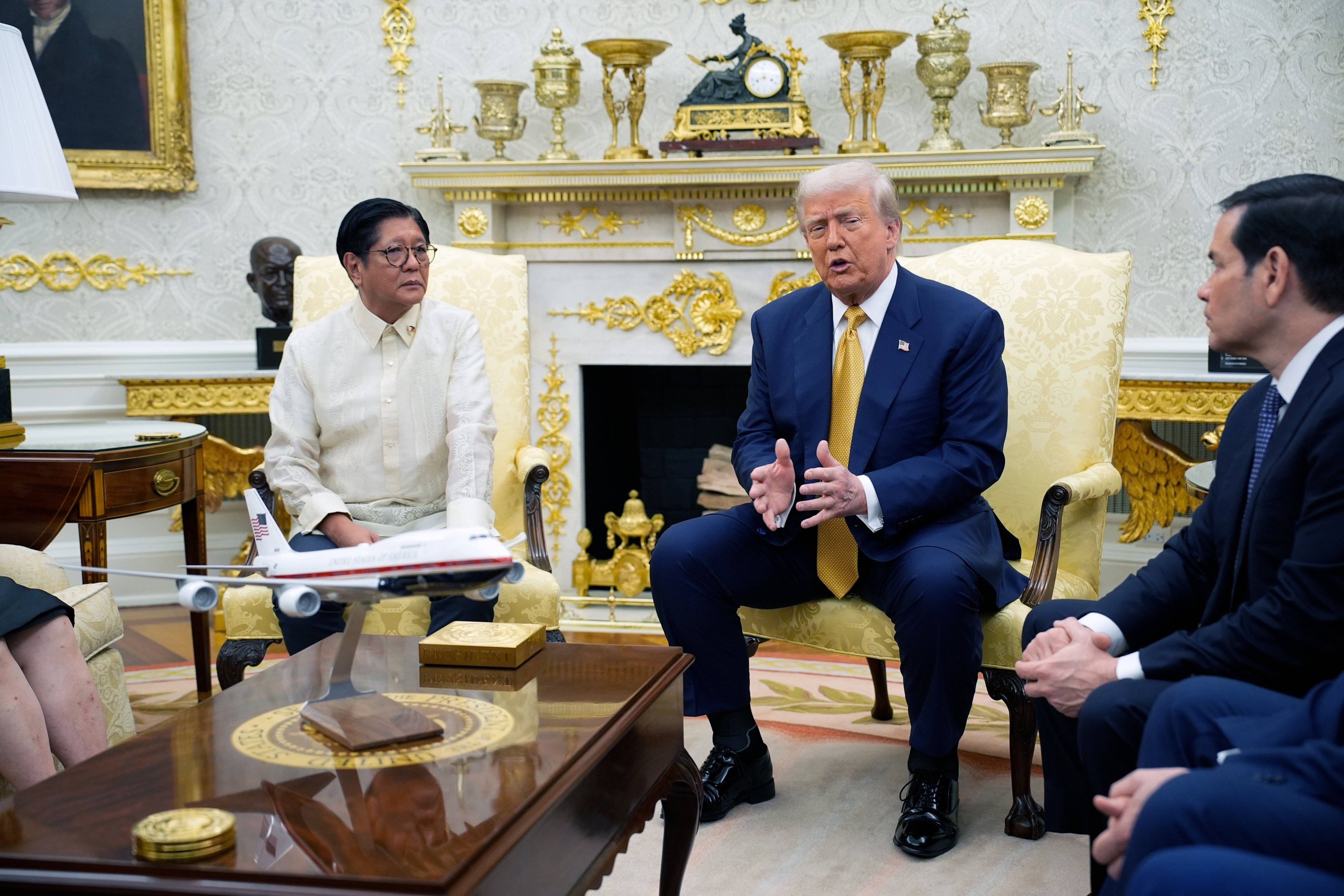Why US alliance didn’t save Philippines from Trump’s tariffs
The Philippines learned the hard way that Trump considers economics separate from security or geopolitical aims when making deals

Poor optics, lacklustre results and sparse details describe the recent visit of Philippine President Ferdinand Marcos Jnr to the United States. The outcome of the trip – the first by a Southeast Asian head of state under the second Trump administration – raises questions about whether Manila is able to fully leverage its long-standing alliance with the US.
The terms of the trade deal – of 19 per cent tariffs being imposed on Philippine goods entering the US market, compared to no tariffs for US goods bound for the Philippines – were seen as lopsided. Financial services firms Nomura and Fitch initially anticipated that Manila could bring down the rate to the baseline 10 per cent given its strong alliance with the US and the fact it is not a known hub for goods transshipment.
Beyond the disappointment, the trade agreement is estimated to cost Manila 27 to 32 billion pesos (US$472.7 to US$560.2 million) in revenue losses during the next five years. According to Nomura’s forecast, direct trade losses on account of higher US duties will reduce the Philippines GDP growth this year from 5.3 per cent to 4.9 per cent.
Manila’s commitments to buy more US soybeans and wheat will benefit American farmers. Last year, the Philippines was the second-largest buyer of US wheat, and this volume is likely to surge further with the new agreement. The exact details of the deal – such as whether Washington will ask Manila to buy more US aircraft and energy products, as it did in the agreement with Indonesia – are still taking shape.
The potential influx of more US pork, poultry and beef could give Filipino farmers reason for concern. US suppliers, which face no tariffs, are in a better position than their competitors from Australia, Brazil, Canada and the EU. Meanwhile, Philippine exporters have to compete with producers from Latin America and other Southeast Asian countries while dealing with 19 per cent levies.
Those levies neutralise whatever edge the Philippines might have had over its neighbours when US President Donald Trump launched his “Liberation Day” tariffs in April. Back then, at a lower 17 per cent rate, the Philippines received inquiries from firms eyeing to relocate to the country, given its tariff advantage. However, with the tariff schedules now equalising, it is uncertain whether these leads will still exist.
Apparently, the alliance was a non-factor in renegotiating tariffs. The high tariffs imposed on Asean countries with large trade exposure to China also raises the question of whether reducing economic interdependence with China is a key US strategic goal and tariffs are a means to that end.
This puts countries that source a large amount of inputs from China to produce goods bound for the US in a quandary. Provisions against transshipment also underscore US efforts to close down back doors exploited by Chinese firms using Southeast Asian countries to circumvent trade curbs. While this is less of an issue for Manila, given its lower levels of manufacturing and Chinese investment compared to its regional peers, will the new trade accord preclude chances of attracting more Chinese firms to accelerate Philippine industrial upgrading?
Chinese capital has moved into Southeast Asia to invest in a variety of sectors. For instance, Vietnam’s home-grown electric vehicle maker VinFast procures many components from China. Will this complicate its sales to the US? Southeast Asian firms exposed to Chinese supply chains that are eyeing the US market will be watching.
This logic might resonate in complex and integrated sectors such as electronics and semiconductors, which are among Manila’s top exports to the US. The Philippines sources many of the inputs to make these goods from China. Will the trade deal with Trump unravel this intertwined production, and will Manila be able to find alternative suppliers with less adverse impacts on cost and timelines?
Finally, it is worth watching if arms sales play into the trade agreement. US demands that allies raise defence spending to 5 per cent of their GDP would be a tall order for the Philippines, given its fiscal constraints and constitutional requirement for the national budget to prioritise education.
Was the small reduction in US tariffs on account of Manila having trouble meeting the call for increased defence spending? Will it try to offset this by offering to host more US troops or missile launchers? Manila’s military and coastguard modernisation opens doors for partners to bid on projects, and the alliance may privilege US companies in the acquisition of advanced platforms.
Unhandled type: inline-plus-widget {“type”:”inline-plus-widget”}
The Philippines’ large consumer market, its young population and substantial skilled labour force, along with the country’s strategic location and time-honoured alliance ties with the US, are advantages that Manila can muster in securing a mutually beneficial deal. Sadly, the US trade deal suggests these factors have gone underappreciated.